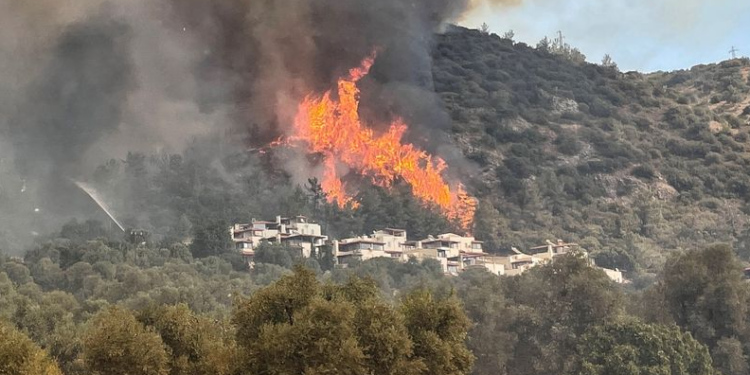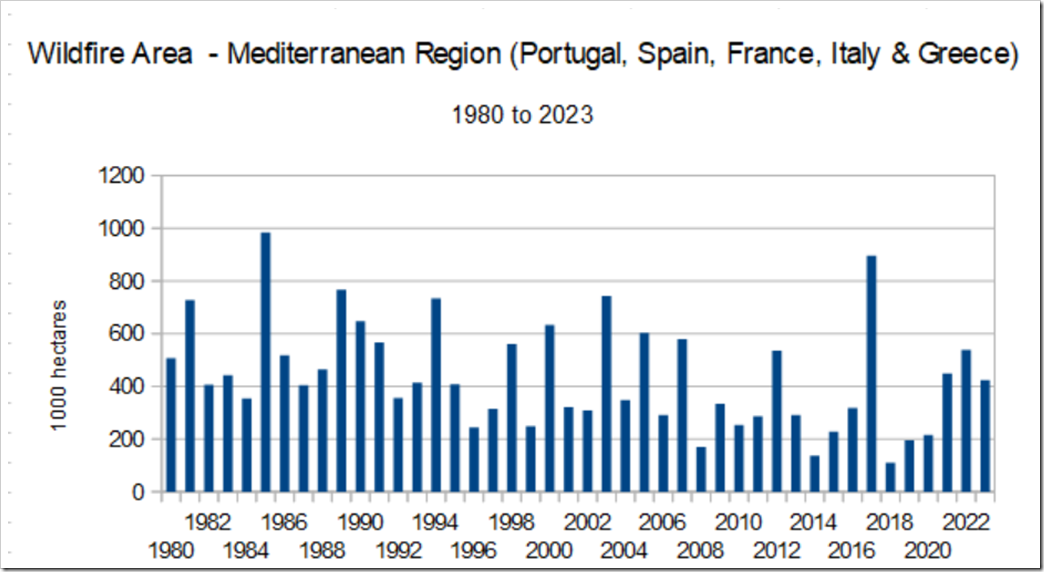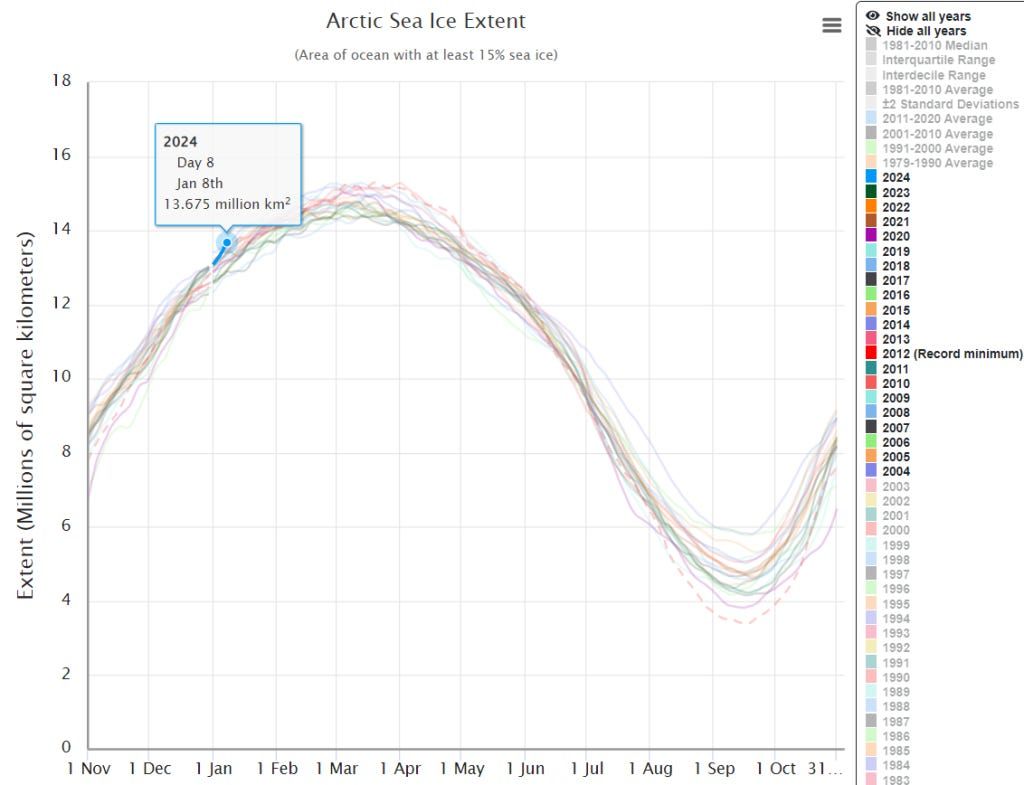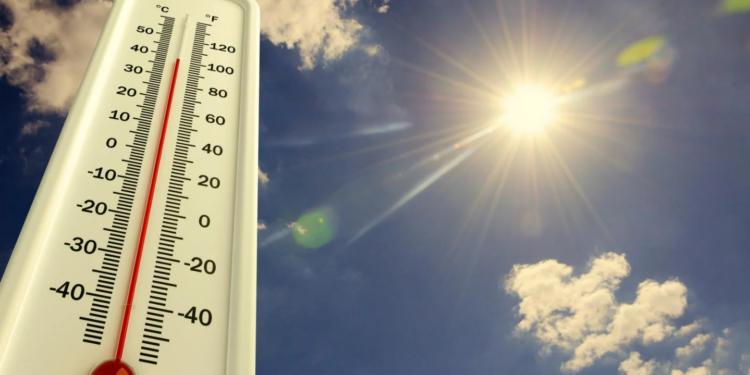by C. Morrison, Feb27, 2024 in TheDailySceptic

Green billionaires are pouring money into discreet campaigns to persuade Hollywood writers to catastrophise the climate in future film and television scripts. One of their main vehicles is Good Energy, which tells writers that showing anger, depression, grief or other emotion in relation to the climate crisis, “can only make characters more relatable”. Los Angeles-based Good Energy is funded by numerous billionaire foundations including Bloomberg Philanthropies, the Sierra Club and the Climate Emergency Fund; the latter operation is part-funded by Aileen Getty and is one of the paymasters of the Just Stop Oil pests.
Good Energy aims to weave climate alarm into all types of film-making, “especially” if it is not about climate. With the support of Bloomberg, it recently published ‘Good Energy – A Playbook for Screenwriting in the Age of Climate Change’. It claims the Playbook is “now the industry’s go-to guide to incorporating climate into any storyline or genre”. As with almost all green campaigning groups, Good Energy would not exist without the support of billionaire funding. These operations seek a supra-national collectivist Net Zero solution to a claimed climate emergency. Good Energy acknowledges it would not exist without this funding, adding, “as collaborators and champions, each has provided a unique contribution for which we are endlessly grateful”.
…








